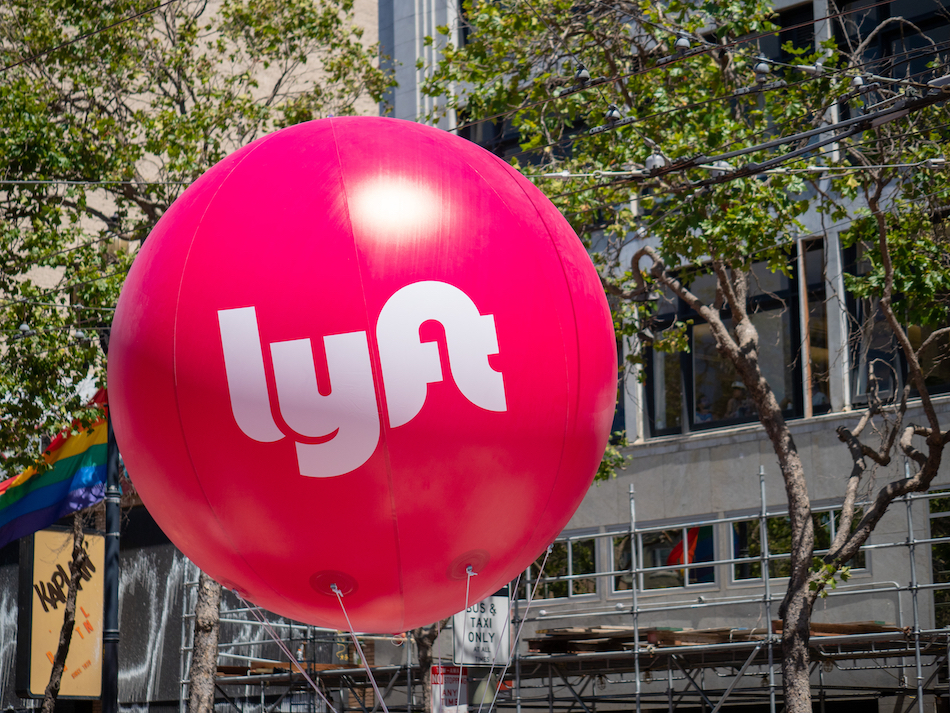Tech Unicorns Test the Market
Potential investors in tech IPOs this year would be well advised to exercise caution
After years of raising money on the private markets, a number of tech companies are diving into the public markets in 2019. We recently had the IPO of ride-hailing service Lyft, which raised more than $2bn, valuing the company in the same region as Snapchat, Dropbox and Spotify. Shortly after we had mega-tech IPOs and better-known rival Uber, which showed signs of uncertainty in these types of investment having a huge tumble within hours of opening.
This year has been flagged as the year of the unicorns. Unicorns are predominantly venture-capital-backed Silicon Valley start-ups with private valuations of over $1bn, whether or not they’ve shown a profit. They were initially called unicorns because their existence appeared impossible. Should all the prospective IPOs make it to the stock exchange, 2019 could be one of the biggest years on record for the amount of money raised. However, peaks in IPOs have often come near major peaks in the stock market and close to the onset of recessions.
“The last time there was such a pipeline of tech IPOs was in 1999 in the midst of the tech bubble. Investors who bought into those companies did not necessarily come out on top.”
The last time there was such a pipeline of tech IPOs was in 1999 in the midst of the tech bubble. Investors who bought into those companies did not necessarily come out on top. The next wave came in 2007, just in advance of the financial crisis sending markets plummeting. Those precedents raise the question of whether the current crop of IPOs is a sign of renewed strength or an indication that early investors are trying to get out while they can and pass the baton on to ordinary investors.

Unlike the 1999 crop of speculative IPOs, these high-profile companies have real and growing revenues. Most however are losing plenty of money, and rapidly. On average, Lyft loses close to $1.50 per ride, for a total of more than $900m last year. Uber loses twice that. Airbnb was profitable last year but made just c.$100m on more than $2.5bn in revenue. Amazon was virtually profitless for 20 years, using spare cash to build the business rather than compensate shareholders. Amazon shareholders are now reaping the rewards though.
“Could an overabundance of IPOs lead to market volatility or weigh on the performance of the newly public shares?”
For every Amazon that successfully engages public market investors, there are numerous others whose share price drops with every unprofitable earning release and every management announcement that it is investing for the future. Dropbox, whose shares doubled from their offering price before falling back, and Snapchat, which is barely half its initial offering price, have seen intense scrutiny of what appeared to be dynamic businesses before they went public.
We won’t know for a few years whether ordinary investors will come out on top. At the moment, we know that the initial backers will make a considerable profit as a result of these IPOs. So too will early employees and founders with restricted stock grants and options as well as the investment banks behind the public offerings. Whether the companies themselves and those who buy the shares win or lose is less evident, and anyone thinking about getting involved is well advised to exercise caution.

